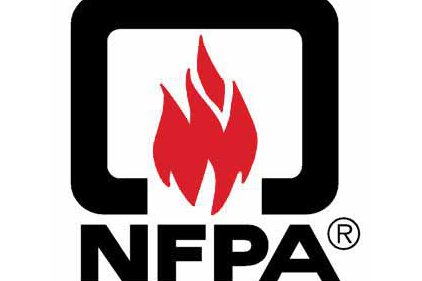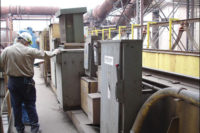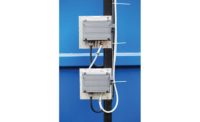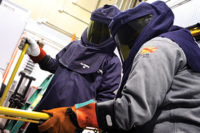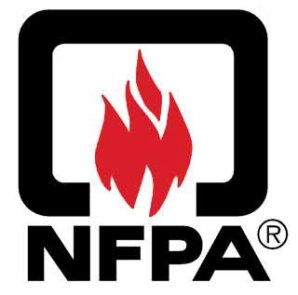 NFPA 70E® compliance saves lives, reduces liability, and helps avoid unexpected downtime and revenue loss, according to the National Fire Protection Association (NFPA). Now, the 2015 Standard takes another big step in changing the way America works, according to NFPA.
NFPA 70E® compliance saves lives, reduces liability, and helps avoid unexpected downtime and revenue loss, according to the National Fire Protection Association (NFPA). Now, the 2015 Standard takes another big step in changing the way America works, according to NFPA.
NFPA states that hundreds of deaths and thousands of burn injuries occur each year due to shock, electrocution, arc flash, and arc blast -- and most could be prevented through compliance with NFPA 70E: Standard for Electrical Safety in the Workplace®. Originally developed at OSHA's request, NFPA 70E responds to the latest information about the effects of arc flash, arc blast, and direct current (dc) hazards, and recent developments in electrical design and Personal Protective Equipment (PPE).
A change in how risk is evaluated
According to NFPA, the 2015 edition of NFPA 70E introduces a major change in how stakeholders evaluate electrical risk -- so that owners, managers, and employees can work together to ensure an electrically safe working area and comply with OSHA 1910 Subpart S and OSHA 1926 Subpart K.
• Key changes throughout the standard replace the phrase "hazard analysis" with "risk assessment" to enable a shift in awareness about the potential for failure.
• Revisions enhance usability; such as the division of requirements in former 110.4. (C)(2) into new sections separating construction and maintenance work from outdoor work.
• Updated tables add clarity to requirements, such as the restricted approach boundary dimensions in Table 130.4 (D)(a).
• New requirement 320.3 (A)(1) covers risk assessment associated with battery work.
• New subsection in 130.2 (A)(4) provides requirements where normal operation of electric equipment is permitted.
• Informative Annex E has updated text to correlate with the redefined terminology associated with hazard and risk. This annex provides clarity and consistency about definitions as well as risk management principles vital to electrical safety.
The "Big Three"
NFPA recommends that if you're responsible for ensuring workers are protected from shock and arc flash hazards, use the 2015 NFPA 70E along with the 2014 NFPA 70®: National Electrical Code® (NEC®) and the 2013 NFPA 70B: Electrical Equipment Maintenance. Together, the "Big Three" help you protect your personnel and your company from tragic loss. NFPA 70E is a vital tool for contractors, risk managers, engineers, building managers, owners, and everyone concerned with ending electrical-related accidents, liability, and loss. (Softbound, 102 pp., 2015)
For more information, visit www.nfpa.org
